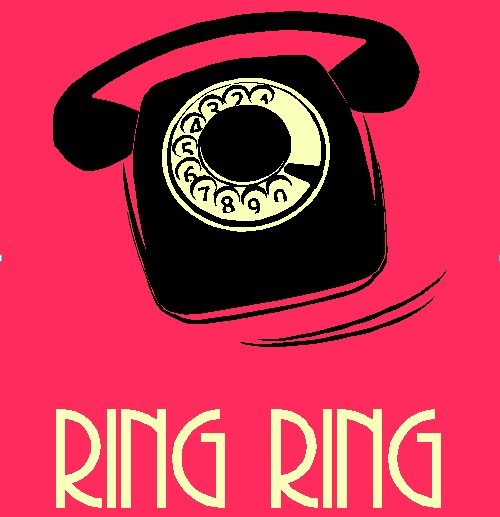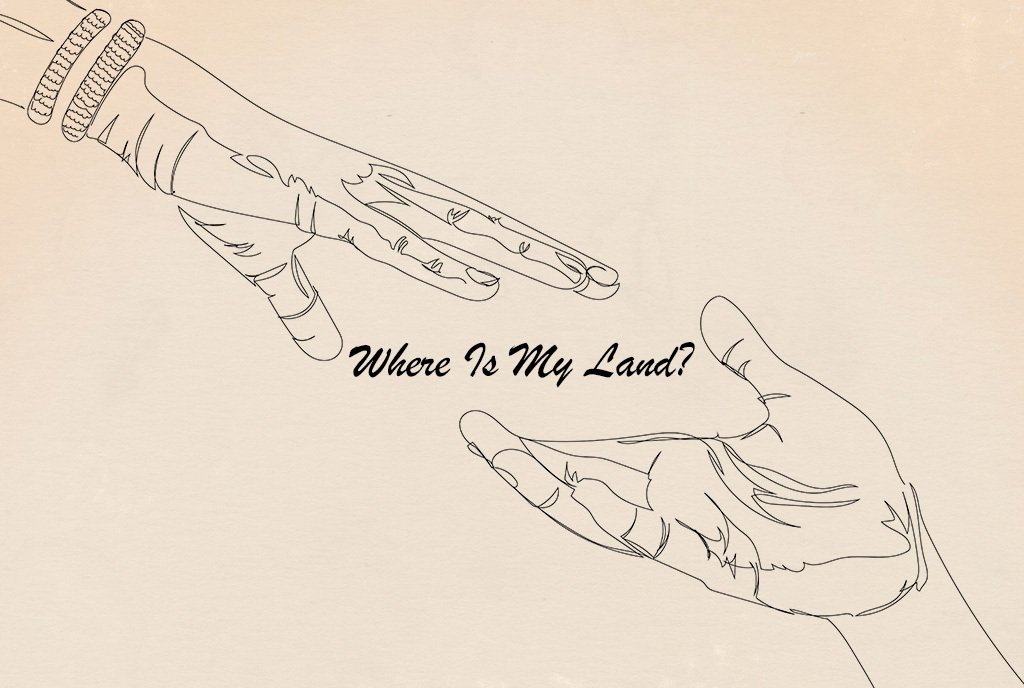
“Hello, Sarah. This is Simone. How are you?
“I’m calling to thank you for your gift to the Women’s Fund—and to set up a meeting. I’d like to take you to your favorite coffee shop…tell you how we’ve been spending your money…and talk about another gift.
“Great! Tuesday at 10 a.m. See you there.”
• • •
“Hi, Joan. I haven’t seen you in ages. We absolutely must get together for lunch. How about Haruki? Okay. Friday. Also, Joan, may I talk with you about a gift for the Women’s Fund at lunch, too? Thanks for agreeing to that little chat in addition to our personal fun.”
• • •
“Hi, Simone. It’s Kris. Remember how you said I could call you whenever we were ready to ask for a gift to Equity Action? Well, now is the time. We would love to meet with you and Tom. And, would it be okay if we brought along a colleague who has never asked for a gift before? Since you said you would give, we know this inexperienced person will feel successful with you!”
Getting an appointment
It mostly doesn’t matter how you start. Just start! Set up the face-to-face meeting.
Of course, you have to know the person you’re calling. It’s unlikely that someone will meet with you if you’re a stranger.
At this point, your goal is to get an appointment. And, yes, you must tell them why! “I’d like to tell you how we’ve been spending your money—and talk with you about another gift.”
If this is a first ask, then you might try this:
“As you know, I’m on the board of the Women’s Fund, Bob. I know you care about basic human rights for everyone, so I’d like to chat with you about a possible investment in the Women’s Fund.”
Sometimes the person responds, “Oh, we don’t need to meet. I like your mission. Just send me something and I’ll send you a gift.”
Absolutely do not accept that! Try this response:
“I would welcome the opportunity to meet with you personally. You’ve been a wonderful donor and chatting with you—and buying you your favorite muffin—would be my pleasure.”
Of course, don’t go back and forth arguing with the person. That’s inappropriate. But in my experience, donors are—too often—trying to protect nonprofit workers (and board members) from making an extra effort.
Your job is to graciously and enthusiastically convince the donor (or prospective donor) that it is your honor to meet with them. It is your pleasure. It’s fun. You like to be eyeball-to-eyeball.
You have to want to do this. You have to be genuine.
So there you are. At the coffee shop. Or at lunch. Or meeting in her office. Or even meeting at the agency. Wherever he wants to meet. This is about making him or her comfortable.
Socialize a bit. Don’t leap into the ask immediately. (On the other hand, don’t delay so long that she asks you to ask her for the gift…because she has another appointment! Yes. Been there. Done that. Oh, dear.)
Graciously move the conversation into the purpose of the meeting. Share with her how the agency has been spending her money. Tell her—show her through stories—the impact of her gift. Remind her that she is the hero. Without her gift, great things wouldn’t have happened. Because of her… Because of him…
Sign up for our free newsletters
Subscribe to NPQ's newsletters to have our top stories delivered directly to your inbox.
By signing up, you agree to our privacy policy and terms of use, and to receive messages from NPQ and our partners.
Then you ask. I like the phrase, “Would you consider a gift of $XX?”
And then, of course, you close your mouth. You smile. You wait quietly and respectfully. You watch his body language. You listen to her response.
The details
Yes, there are more details. But don’t get so lost in the details that you forget the flow, the intent.
Remember: This is a conversation, not a presentation. Don’t bring PowerPoint to the coffee shop! And it better be a pretty amazingly cool DVD of about three minutes or less to take your laptop to the person’s home.
You’re the storyteller. You’re the proxy for the kids or the actors or the elephants or the trees or the patients.
You’re the cheerleader, passionate and caring. You ask questions to encourage him to speak. You share your own feelings to help her share hers.
Your preparation
You talked with staff and they gave you tips and suggestions. You plan and plot the conversation and ask, in the mirror, if need be! Or maybe you’ll partner with a staff person or another volunteer, so you’ll rehearse together.
You understand the case for support. Your staff gives you the background material about the donor or prospect, including things like:
- Engagement with the agency, e.g., volunteering, board service, audience member, whatever…
- Giving history with the agency
- Interests (and disinterests)…motivations for giving…stories… This is the richness of the person’s life.
- Your staff provides you with talking points.
- And your staff tells you how much to ask for – and why that amount.
You’re the right person
You’re the right person to host this conversation. Why?
Because you’re passionate about the cause. Because you care about other people, like donors and prospective donors.
You’re the right person because you listen and watch well. You’re curious and respectful. You want to hear learn the donor’s interests and the prospect’s concerns.
Maybe you’re flashy and fun. That works for some people.
Maybe you’re quiet and calm. That works for other people.
You’re the right person.
P.S. — Resources
Okay. So you’re still a bit worried. You’re the staff and you’re not sure you can actually train your board members. You’re a board member and you want a bit more.
Okay! Check out these resources in the Free Download Library on my website:
To learn more about your case for support (also called the case statement), visit aherncomm.com.
And, lastly, check out these books:
- The Ask, Laura Fredricks
- Beyond Fundraising, Kay Sprinkel Grace
- Asking: A 59-Minute Guide to Everything Board Members, Volunteers, and Staff Must Know to Secure the Gift, Jerold Panas












